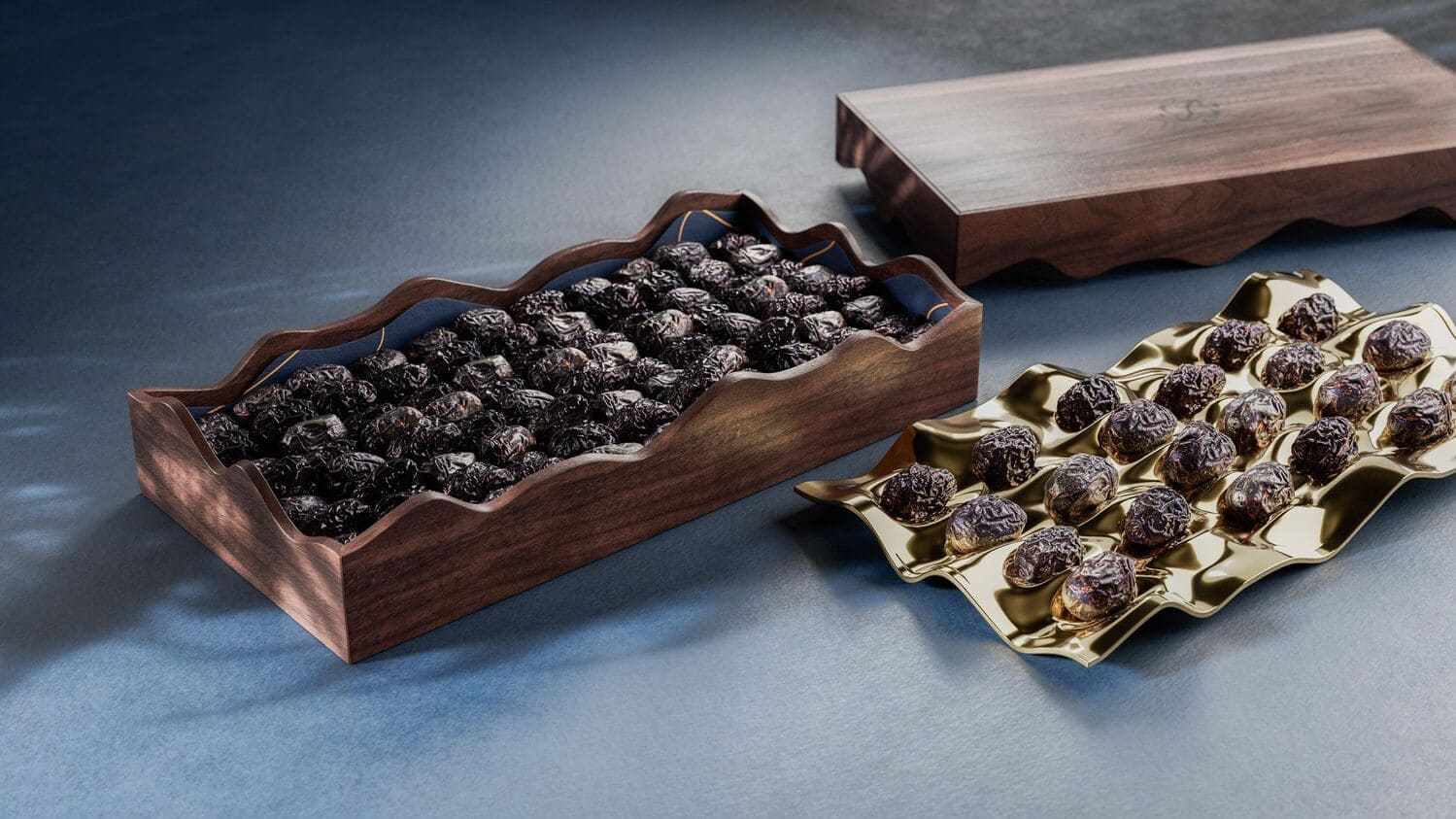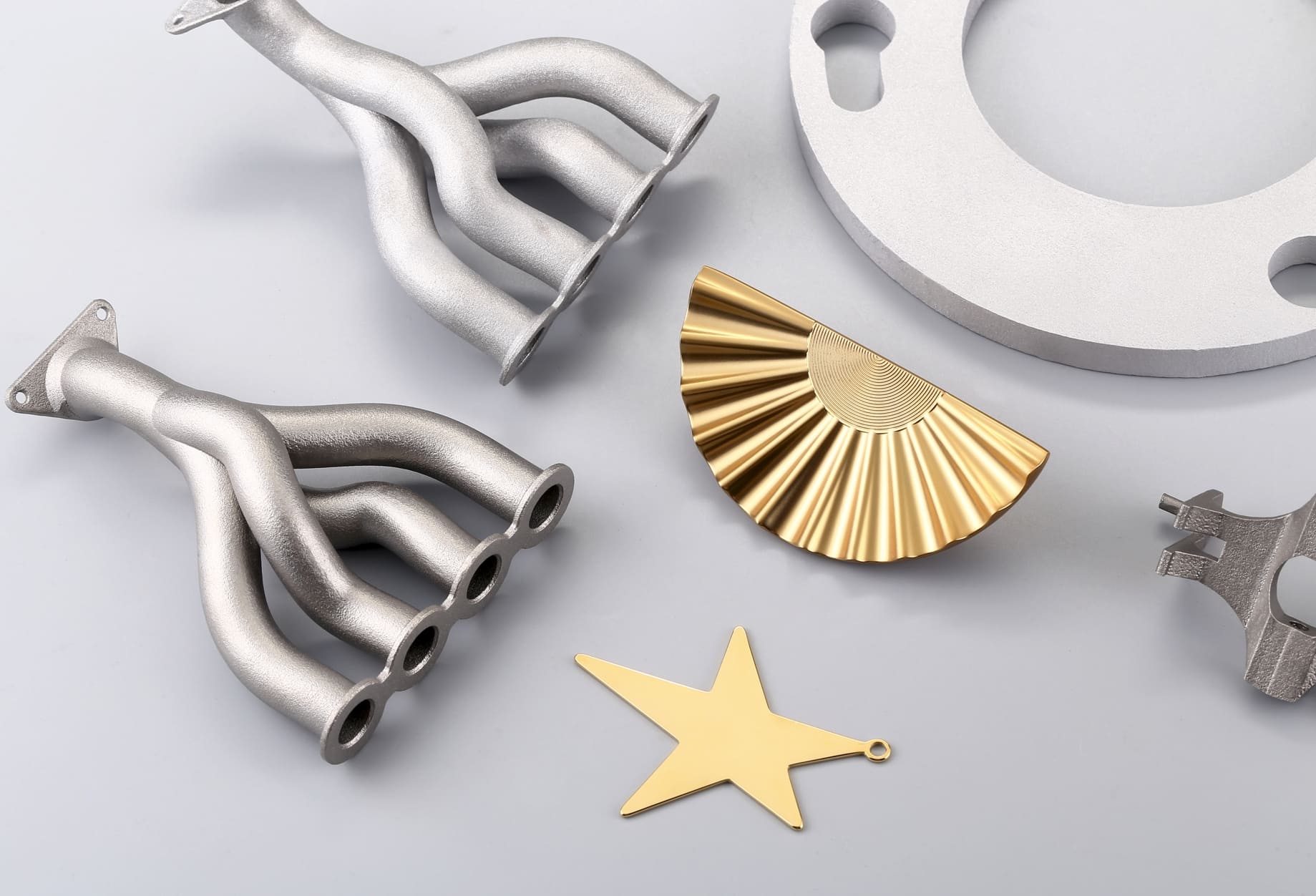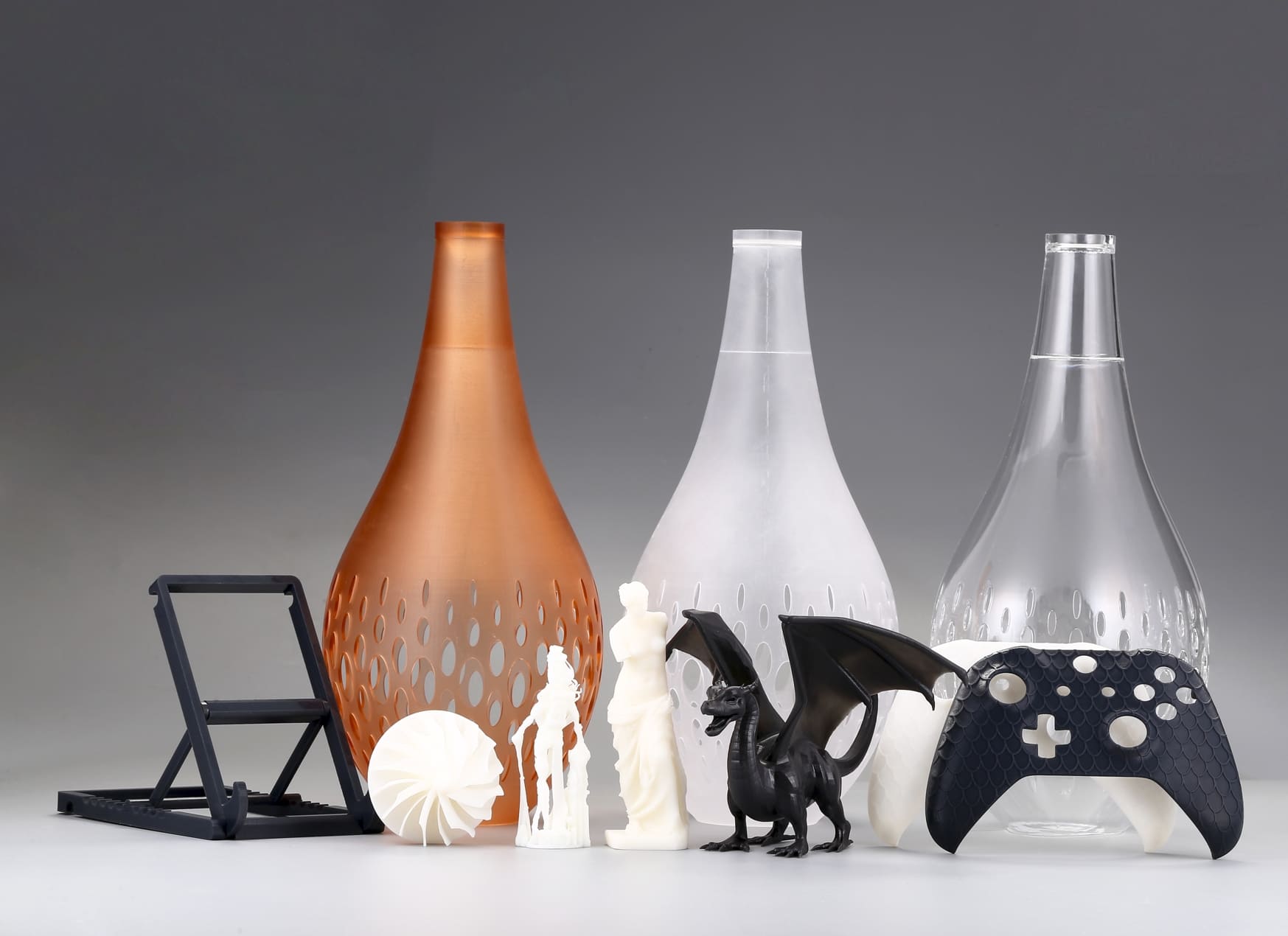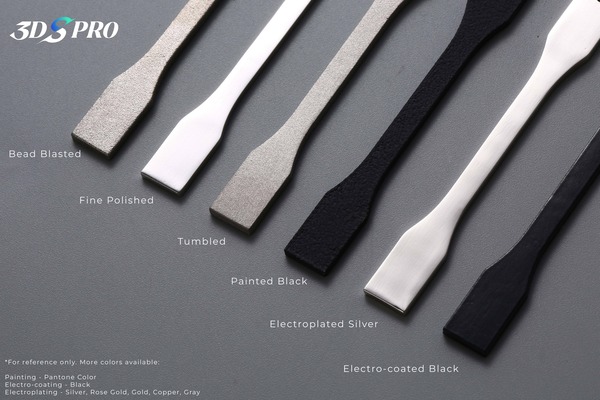Manufacturing has entered a new era where the question isn't whether to use 3D printing or CNC machining. It's how to leverage both technologies strategically. Forward-thinking engineers are discovering that hybrid manufacturing, which combines additive and subtractive processes, delivers capabilities neither technology can achieve alone. The integrated approach is revolutionizing how companies approach complex geometries, tight tolerances, and accelerated production timelines.
How Hybrid Systems Actually Work
Hybrid manufacturing operates on a simple yet powerful principle: use each technology where it excels. The process typically follows one of three workflows, each optimized for specific project requirements.
In the sequential workflow, parts begin as 3D printed components that undergo CNC finishing. Engineers print near-net-shape parts with complex internal geometries, then machine critical surfaces to achieve aerospace-grade tolerances. The hybrid approach reduces material waste compared to traditional CNC-only production while maintaining great surface finishes.
The integrated workflow involves alternating between additive and subtractive processes on the same machine platform. Advanced hybrid systems deposit material layer by layer, periodically switching to milling operations to maintain dimensional accuracy. The real-time correction eliminates the accumulation of errors common in pure 3D printing processes, particularly beneficial for tall parts where thermal distortion becomes significant.
The parallel workflow splits component features based on optimal manufacturing methods. Engineers might 3D print complex cooling channels and lattice structures while simultaneously CNC machining precision mating surfaces on separate machines. Components are then assembled using precision registration features designed into both processes from the start.
Why Engineers Are Choosing Hybrid Manufacturing
Design freedom represents the most compelling advantage. Engineers no longer face the traditional choice between manufacturability and optimal design. Internal cooling channels can follow fluid dynamics requirements rather than drilling constraints. Topology-optimized structures transition seamlessly from organic, load-optimized shapes to precision-machined interfaces.
Material flexibility expands dramatically with hybrid approaches. The same build can incorporate multiple materials optimized for different zones, such as wear-resistant alloys at contact surfaces, lightweight structures in low-stress areas, and specialized materials for thermal management. The selective material placement reduces costs while improving performance, particularly valuable in industries where exotic materials command premium prices.
Quality assurance improves through in-process monitoring and correction. Unlike pure 3D printing processes, where defects hide until post-processing, hybrid systems detect and correct dimensional variations in real-time. Integrated metrology systems measure each layer, triggering corrective machining when features drift outside specifications. The closed-loop control reduces scrap rates even for complex aerospace components.
Materials & Process Considerations
Material selection in hybrid manufacturing requires understanding how additive and subtractive processes interact with specific alloys, polymers, and composites. Not all materials that excel in one process perform well in both.
Metals dominate hybrid applications, with titanium alloys, stainless steels, and aluminum variants leading adoption. Ti-6Al-4V remains the gold standard for aerospace applications, offering excellent printability and machinability when process parameters are optimized. The key lies in controlling microstructure. Hybrid processes must balance the rapid cooling rates of additive manufacturing with the mechanical stresses of machining. Heat treatment between processes often proves essential for achieving optimal properties.
Process parameters demand careful orchestration. Additive operations require specific layer thicknesses, scan strategies, and support structures that must accommodate subsequent machining. Engineers must consider factors like:
• Powder particle size distribution affects both deposition quality and cutting tool life
• Thermal management strategies preventing distortion during process transitions
• Support structure design enabling both printing success and machining access
• Surface preparation requirements between additive and subtractive operations
Tool selection becomes critical when machining additively manufactured materials. The unique microstructures created by 3D printing, including potential porosity, residual stresses, and varying hardness, require specialized cutting tools and strategies. Polycrystalline diamond (PCD) tools often outperform traditional carbide in these applications, particularly for interrupted cuts through support structures.
Cost, Lead Time & Decision Criteria
Geometric complexity drives the primary decision. Parts featuring internal channels smaller than 2mm in diameter, organic lattice structures, or conformal cooling passages immediately favor hybrid approaches. The cost crossover point typically occurs when traditional manufacturing would require five or more setups or assembly operations.
Production volume influences process selection differently than traditional manufacturing logic suggests. While high volumes traditionally favor CNC machining, hybrid manufacturing excels in the 1-500 unit range, where tooling costs dominate traditional approaches. The sweet spot exists where customization requirements or design iterations make hard tooling impractical.
Total lead time often trumps per-part cost in time-sensitive industries. Hybrid manufacturing compresses development cycles by eliminating tooling lead times and enabling rapid design iterations. Engineers report moving from concept to tested parts in days rather than months. The acceleration proves particularly valuable during product development, where each saved week can translate to millions in first-to-market advantages.
3DSPRO Custom Hybrid Manufacturing Solution
At 3DSPRO, we specialize in delivering high-quality 3D printing services, while also offering integrated hybrid manufacturing solutions that combine additive and subtractive technologies. Hybrid manufacturing enables us to meet complex production requirements with efficiency and precision. We harness the design freedom of 3D printing to create intricate geometries and minimize material waste, then apply CNC machining to achieve exact tolerances, functional surfaces, and durable finishes.
Every project is tailored to client objectives, whether accelerating prototyping cycles, optimizing material performance, or scaling production. Our engineers work closely with customers to evaluate design intent, select suitable materials, and define the most efficient process path. For expert guidance, contact us at success@3dspro.com.
We are committed to enabling smarter builds through flexible, repeatable, and scalable hybrid solutions that empower innovation with confidence. Upload your 3D files for printing services and connect with our Customer Success Manager for a manual CNC machining quotation today.

Image Source: Lazy Snail (A Real Case Used Hybrid Manufacturing at 3DSPRO)























